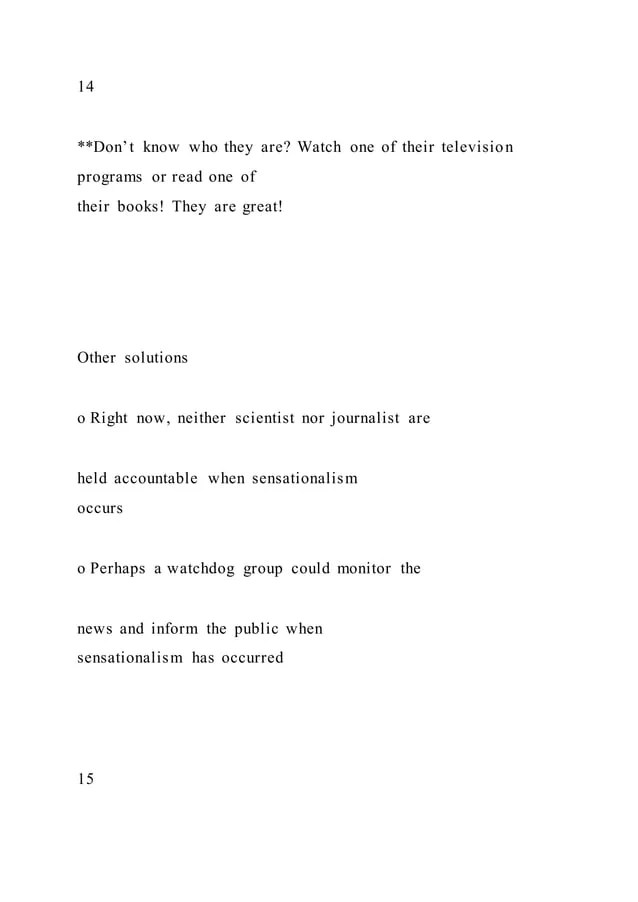Deciphering the Font Size Code: The Ultimate Guide for College Papers
Staring at a blank document, ready to conquer your next college assignment? You've got your brilliant ideas lined up, your research meticulously compiled, but wait… what font size should you use? This seemingly small detail can significantly impact the readability and overall impression of your hard work. Choosing the correct font size for college papers isn't just about aesthetics; it's about presenting your work professionally and ensuring your professor can comfortably engage with your writing.
Navigating the world of academic formatting can feel like deciphering a secret code. Margins, line spacing, and yes, even font size, all play a crucial role in creating a polished and presentable paper. In this comprehensive guide, we'll delve into the intricacies of appropriate font sizes for college papers, providing you with the knowledge you need to achieve typographic perfection.
Historically, standardized formatting wasn't as prevalent. Before the widespread use of word processors, typewriters offered limited font options. However, with the digital age came an explosion of choices, making standardized formatting guidelines essential for academic clarity and consistency. While there might be slight variations depending on specific institution or department requirements, a general consensus exists regarding appropriate font sizes for college papers.
Why is selecting the right font size so important? Readability is paramount. A font size that is too small can strain your professor's eyes, making them less receptive to your carefully crafted arguments. Conversely, a font size that's too large can appear unprofessional and make your paper seem shorter than it actually is. The correct font size strikes a balance, facilitating effortless reading and conveying a sense of professionalism.
The standard font size recommendation for college papers is 12 points. This size offers a comfortable reading experience and adheres to most academic style guides. While 11 points might be acceptable in some cases, it's generally advisable to stick with 12 points for optimal clarity. Using a larger font size, such as 14 points, is generally discouraged unless specifically requested for accessibility reasons.
While the size is important, so is the font itself. Commonly accepted fonts include Times New Roman, Arial, Calibri, and Garamond. These fonts are considered professional and easy to read. Avoid decorative or overly stylized fonts that can detract from the academic tone of your paper.
Benefits of Using the Correct Font Size:
1. Enhanced Readability: A 12-point font size ensures your professor can comfortably read your work, reducing eye strain and allowing them to focus on the content.
2. Professional Presentation: Adhering to standard formatting guidelines demonstrates attention to detail and professionalism, making a positive impression on your professor.
3. Compliance with Academic Standards: Following recommended font size guidelines ensures your paper meets the expectations of most academic institutions.
Advantages and Disadvantages of Different Font Sizes
| Font Size | Advantages | Disadvantages |
|---|---|---|
| 10pt | Fits more text per page | Difficult to read, strains eyes |
| 12pt | Easy to read, standard size | May require more pages |
| 14pt | Very easy to read | Looks unprofessional, takes up excessive space |
Best Practices:
1. Consistency is Key: Maintain the same font and size throughout your entire paper, including headings, footnotes, and endnotes.
2. Consult Your Style Guide: Always refer to your specific assignment guidelines or the required style guide (MLA, APA, Chicago, etc.) for specific font size recommendations.
3. Test Your Font: Print a sample page of your paper to ensure the chosen font size is legible and comfortable to read in print.
4. Avoid Excessive Formatting: Don't use excessive bolding, italics, or underlining. These can distract from the content and appear unprofessional.
5. Accessibility Considerations: If you require a larger font size for accessibility reasons, discuss this with your professor beforehand.
Frequently Asked Questions:
1. What font size should I use for headings? Generally, use the same font size as the body text (12pt) or slightly larger (14pt) for headings.
2. Can I use a different font for my title page? Yes, but keep it professional and consistent with the overall tone of your paper.
3. What about footnotes and endnotes? Use a slightly smaller font size for footnotes and endnotes, usually 10pt.
4. Does font size matter for online submissions? Yes, readability remains crucial even for digital submissions.
5. What if my professor has specific font size requirements? Always follow your professor's instructions, even if they deviate from standard recommendations.
6. Can I use a sans-serif font like Arial? Yes, Arial and other sans-serif fonts are generally acceptable.
7. Should I use different font sizes for different sections of my paper? No, maintain consistency throughout.
8. What if my paper looks too short with a 12-point font? Focus on content quality over page length.
Tips and Tricks:
Use the "Print Preview" function in your word processor to check the overall appearance of your paper before printing or submitting it. This allows you to catch any formatting issues, including font size discrepancies.
In conclusion, selecting the appropriate font size for your college papers is a crucial step in presenting your work professionally and maximizing readability. While 12 points is the generally recommended size, always defer to your specific assignment guidelines and prioritize clarity and consistency. By paying attention to these seemingly small details, you can enhance the overall impression of your work and ensure your professor can engage with your ideas effectively. So, next time you embark on a college writing endeavor, remember the power of the 12-point font – it's a small choice that can make a big difference. Investing time in proper formatting demonstrates a commitment to academic excellence and ensures your hard work shines through. Don't let typographical errors distract from your brilliant ideas; embrace the power of proper formatting and watch your academic writing flourish. Remember, a well-formatted paper is a well-received paper.
Unlocking opportunities in central texas exploring craigslist temple belton killeen
Word whizzle over your head
Whirlwind wonders exploring illinois wind farm territory














